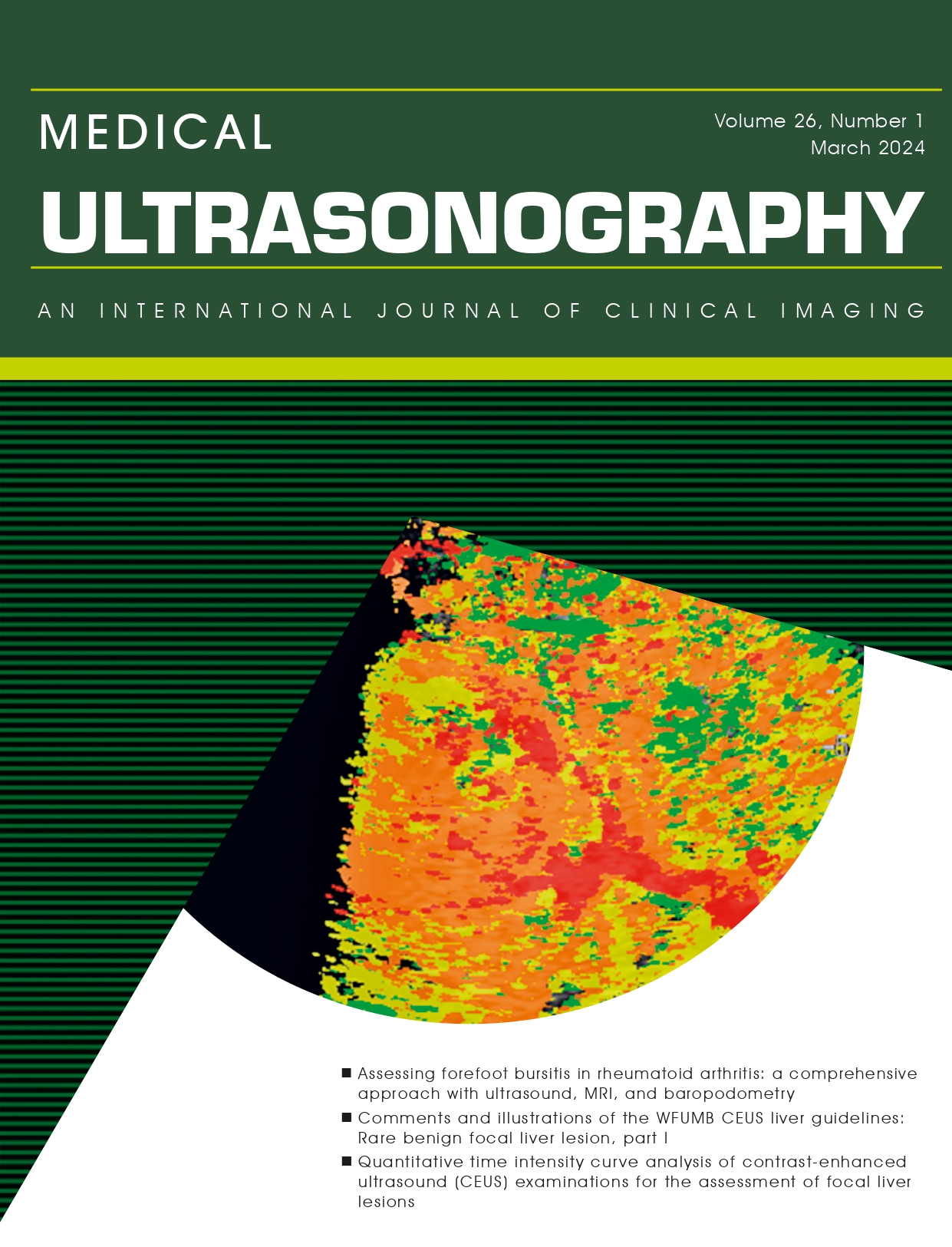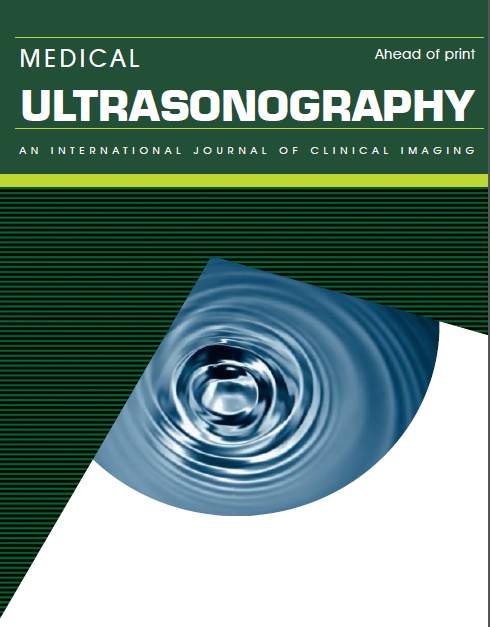Can Transient Elastography be a reliable method for assessing liver fibrosis in Non Alcoholic Steatohepatitis (NASH)?
Abstract
The aim of our study was to evaluate the severity of liver damage in non-alcoholic steatohepatitis (NASH) patients, by means of Transient Elastography (TE), using prespecified cut-off values of liver stiffness (LS) measurements. Patients and methods: Our retrospective study included 478 NASH patients. Ten LS measurements were performed in each patient by means of TE, by using a standard M-probe. A median value expressed in kilopascals (kPa) was calculated. Reliable measurements were defined as: median value of 10 LS measurements with a success rate (SR) ≥60% and an interquartile range (IQR) 9.6kPa (severe fibrosis). Results: Reliable measurements were obtained in 81.6% of NASH patients. Female gender, older age and higher BMI were associated with an impossibility to obtain reliable TE measurements. Three hundred and ninety patients with reliable LS measurements were included in the final analysis. Of those, 70.8% had no severe fibrosis, 10.8% were in the “gray zone” in which biopsy is recommended and 18.5% had severe fibrosis. Conclusions: In 81.6% of our NASH patients we were able to obtain reliable LS measurements by means of TE, using a standard M-probe. In our study, approximately 30% of NASH patients had LS measurements compatible with severe fibrosis and should be evaluated for urgent measures to prevent disease progression.
Keywords
NASH; liver fibrosis; liver stiffness; transient elastography
DOI: http://dx.doi.org/10.11152/mu.2013.2066.152.is1aj2
Refbacks
- There are currently no refbacks.




